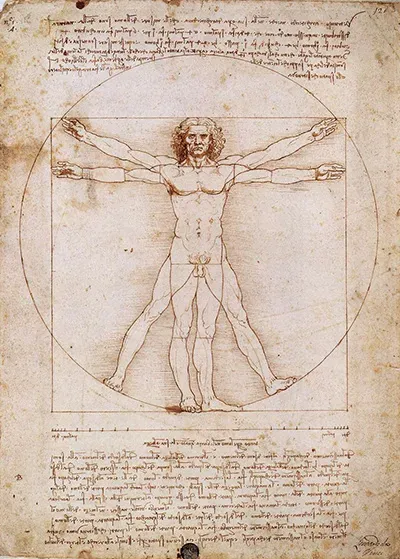Figure 1: Mathematics in Art; the Vitruvian Man
Art majors are unlikely to enjoy a math class, but most of us don’t realize how much math is actually used in articulate art pieces. One of the most famous pieces by Leonardo da Vinci, the Virtuvian Man, is the best example of combining math with art. Aside from being the epitome of a renaissance artist, da Vinci was a man of science as reflected by his measurements and proportions of the Virtivian Man piece. Da Vinci placed the man in the center of a circle based on the navel and then fit him inside a square which fit perfectly with the proportions of a human. With this information, he deduced several proportions of the body like the distance between the chest to the hairline being 1/7 of one’s height.

Figure 2: The Use of Non-Euclidean Geometry in Art: Le Diablo by Jacques Resch
Non-Euclidean geometry exemplified this greatly as written by Linda Henderson in “The Fourth Dimension and Non-Euclidean Geometry in Modern Art”. Euclidean geometry strictly followed rules of flat spaces while non-Euclidean geometry considers the 4D space. When looking at the distance of the Earth, for example, its curved edge must be considered to get an accurate measurement, unlike using Euclidean geometry which would inaccurately measure the Earth with a straight pine. The Le Diabolo piece above is deemed as “twisted”, “lacking dimension” and of “no science” yet is a non-Euclidean piece that considered the curves and reflection of light, aspects of both math and science, to achieve the disorienting piece. I now understand that if Euclidean geometry wasn’t challenged upon its constrictions and contradictions within the mathematical world in a 4D space, such art and understanding of the world would be lacking.
Figure 3: Technological Couture - Iris Van Herpen: Crystallisation Top
When I think of mathematics applied to art today, I think of fashion designer Iris Van Herpen who creates intricate design through technology like 3D printing. At a glance, her patterns look random, but in greater detail, they show great precision and thought. Her designs must consider the shape of the model, how it’ll look once it's printed, and how it’ll work with the material and tools. Many aspects of math must be considered to make her pieces work; they’re not random but rather calculated. Math, art and science, many times do not seem to blend together, but if one can understand how math can influence the dynamics of the art and vice versa, its contrasting behaviors actually work to make something special.
References:
Henderson, Linda Dalrymple. “The Fourth Dimension and Non-Euclidean geometry in modern art: Conclusion.” Leonardo, vol. 17, no. 3, 1984, p. 205, https://doi.org/10.2307/1575193.
Jamal, Madiha. “Mathematics in Art - Vitruvian Man by Leonardo Da Vinci.” Medium, Counter Arts, 13 July 2021, medium.com/counterarts/mathematics-in-art-vitruvian-man-by-leonardo-da-vinci-edae2989f162.
Naiadseye. “The Use of Non-Euclidean Geometry in Art.” Naiadseye, 13 Nov. 2014, naiadseye.wordpress.com/2014/11/13/the-use-of-non-euclidean-geometry-in-art/.
Schmidt-Rees, Hannah. “Technological Couture - Iris Van Herpen.” PERSPEX, PERSPEX, 31 May 2019, www.per-spex.com/articles/2019/5/30/iris-van-herpen.
“Sparking Creativity in Fashion | Adobe X Iris van Herpen | Adobe.” YouTube, YouTube, 5 Nov. 2021, www.youtube.com/watch?v=dPh5O_iVYUI.




Hi Jaela! I enjoyed reading about the example piece Le Diablo by Jacques Resch as while it does not follow the "standard rules of art" I see so much dimension, depth, and vibrancy. I did some more research of the painting out of curiosity and found that the artist is greatly influenced by modern technology and world politics, which I found interesting as it further highlights the interconnection of art, math, science, and now even sociology!
ReplyDeleteHi Jaela! I thoroughly enjoyed your blog post about the dynamics of math and art together, but I think that the part of the piece was the connection between art and fashion, as well as the incorporation of math. I never would have thought that the connection between art, fashion, and math would be so prevalent, especially since there is not enough light that is shone on the fashion industry and their impact in art. I think that we need to think of everything on a broader spectrum and not be so one track mind. I think that bringing fashion into the discussion with math is the perfect way to do this.
ReplyDelete